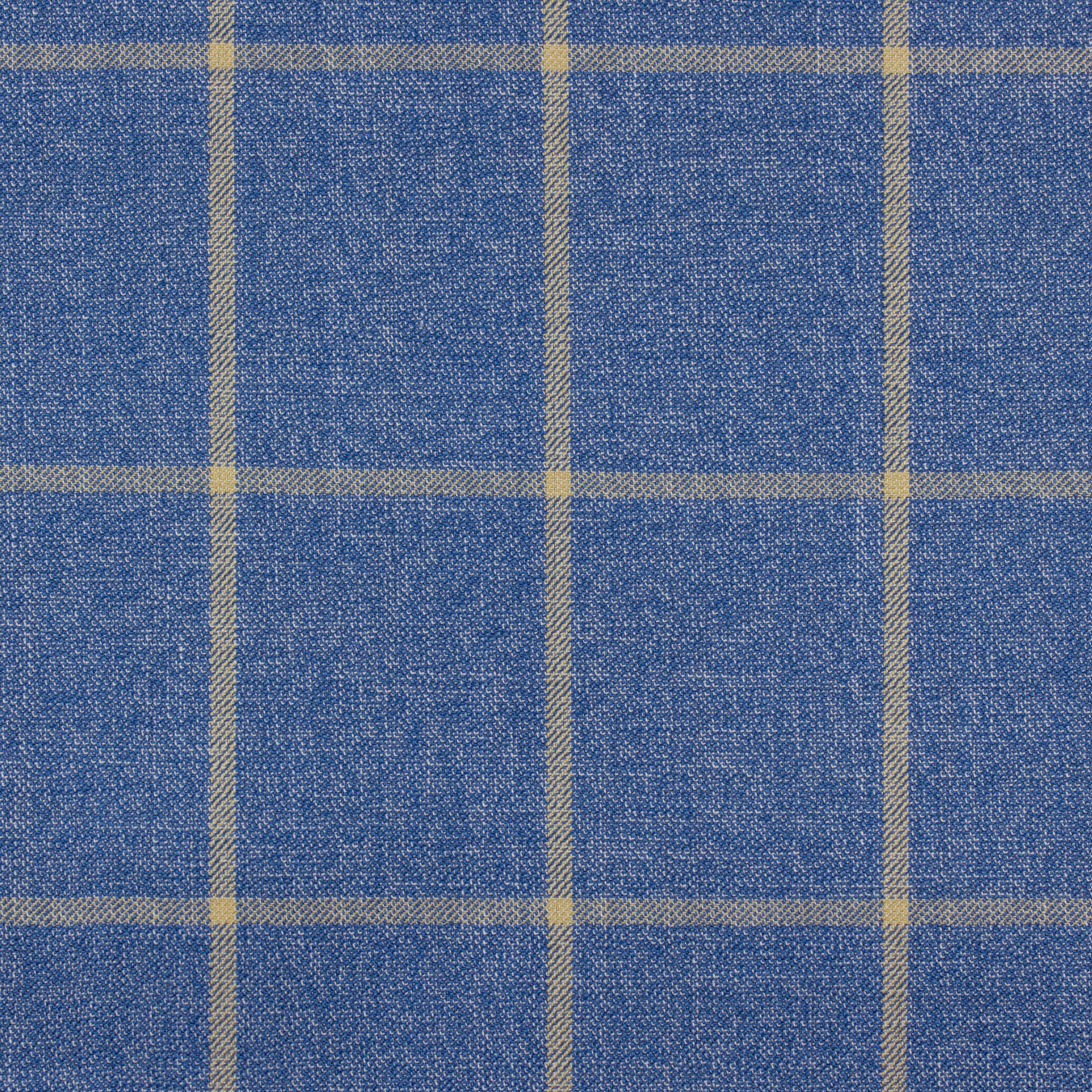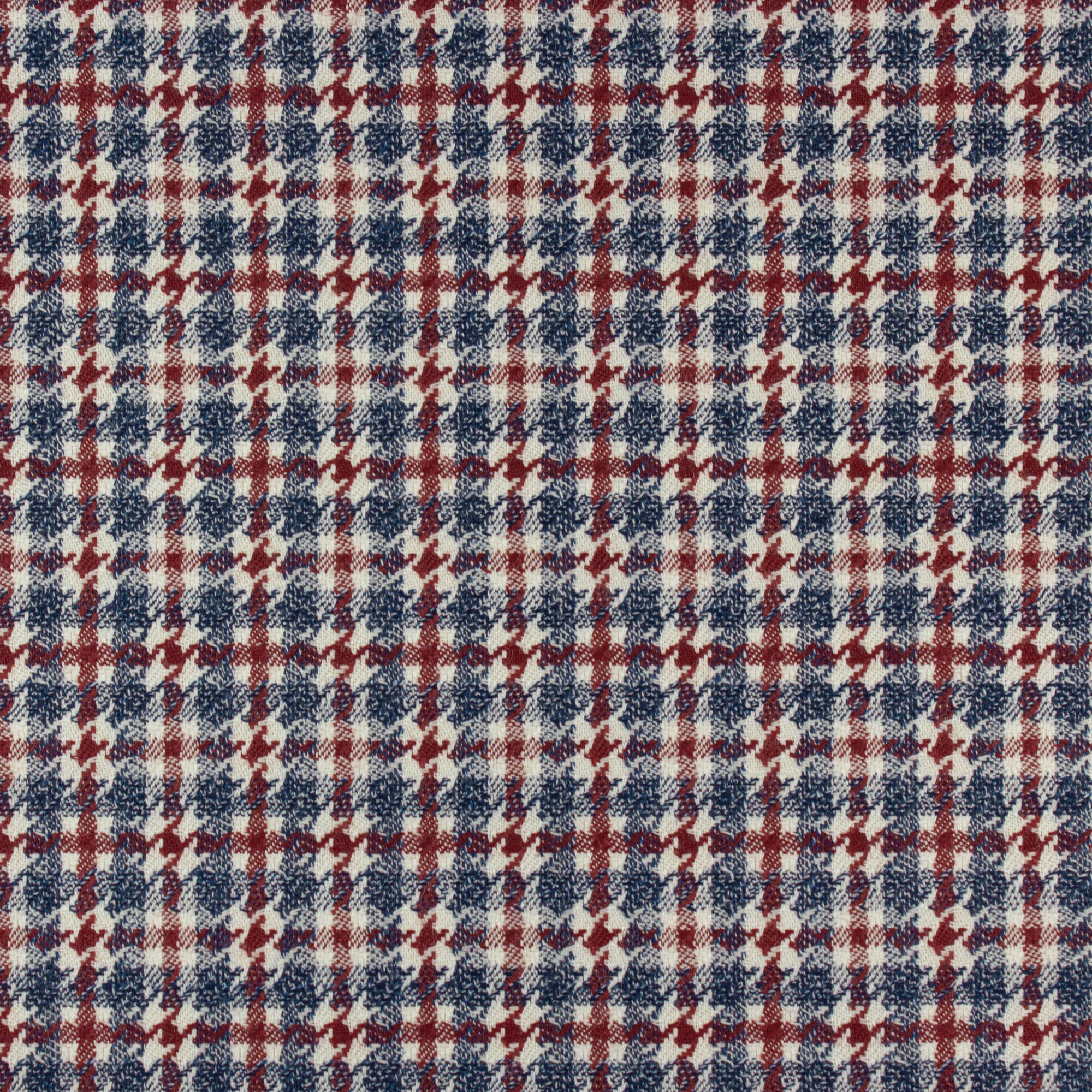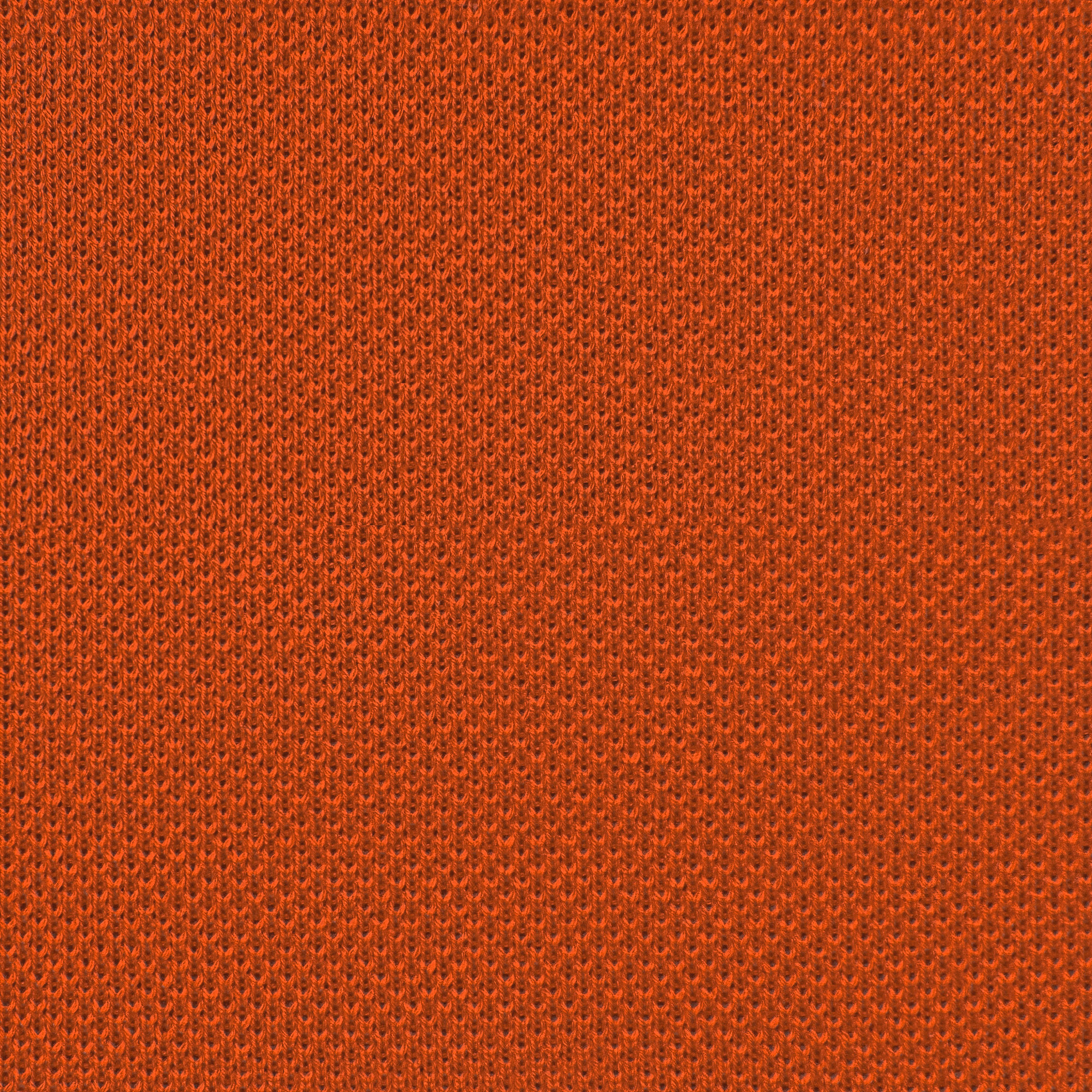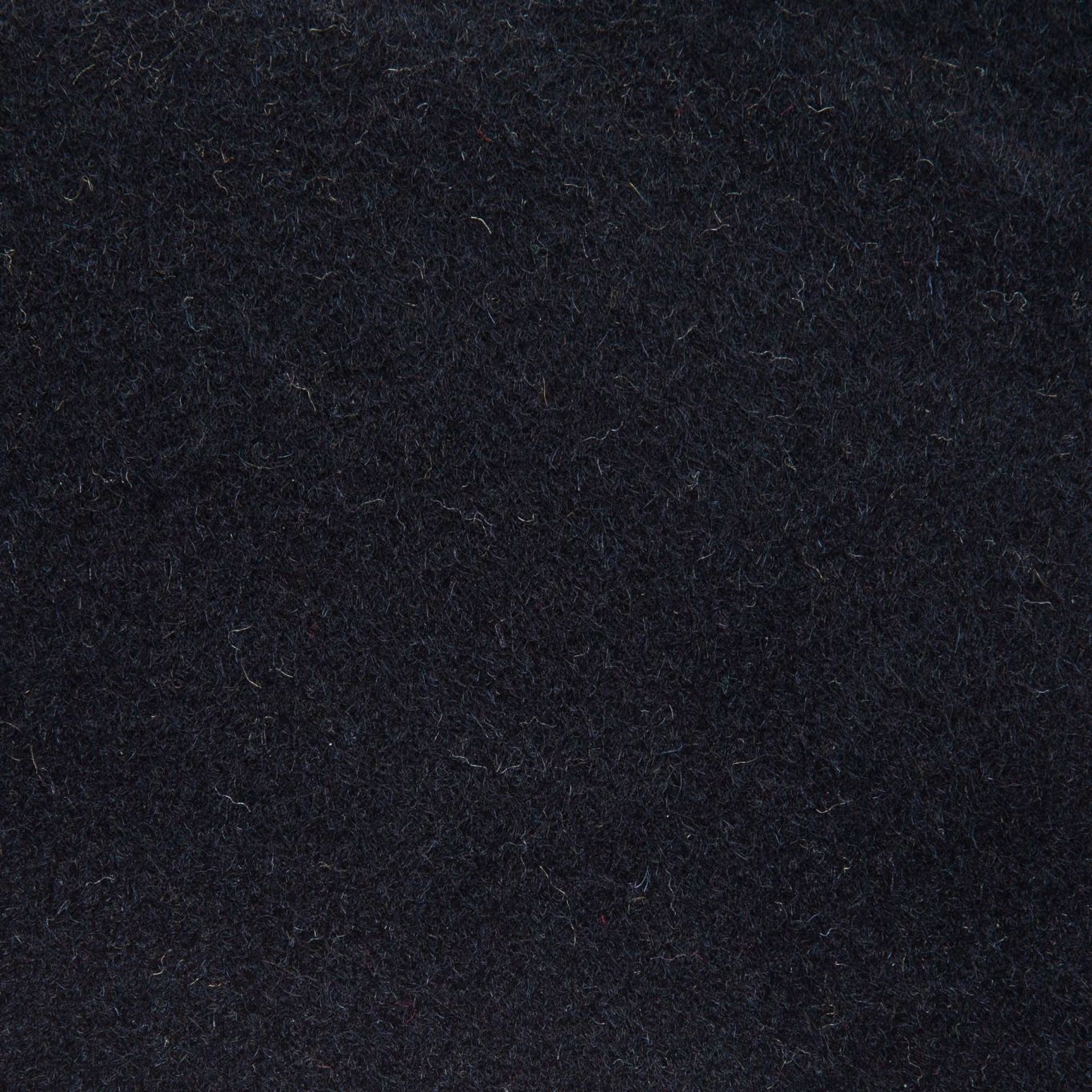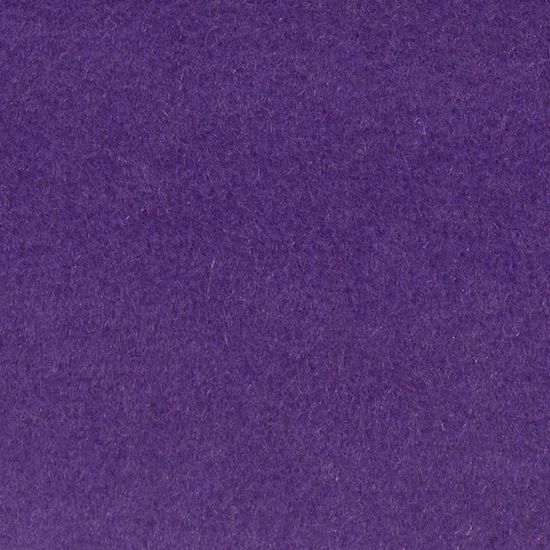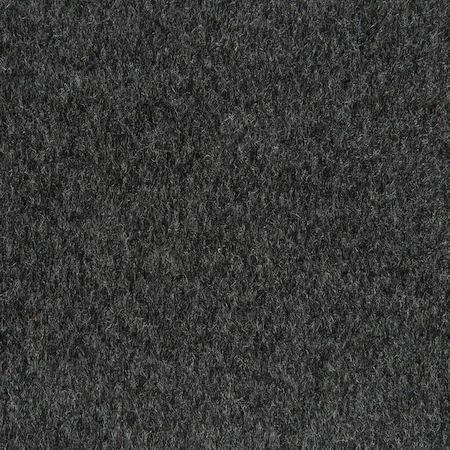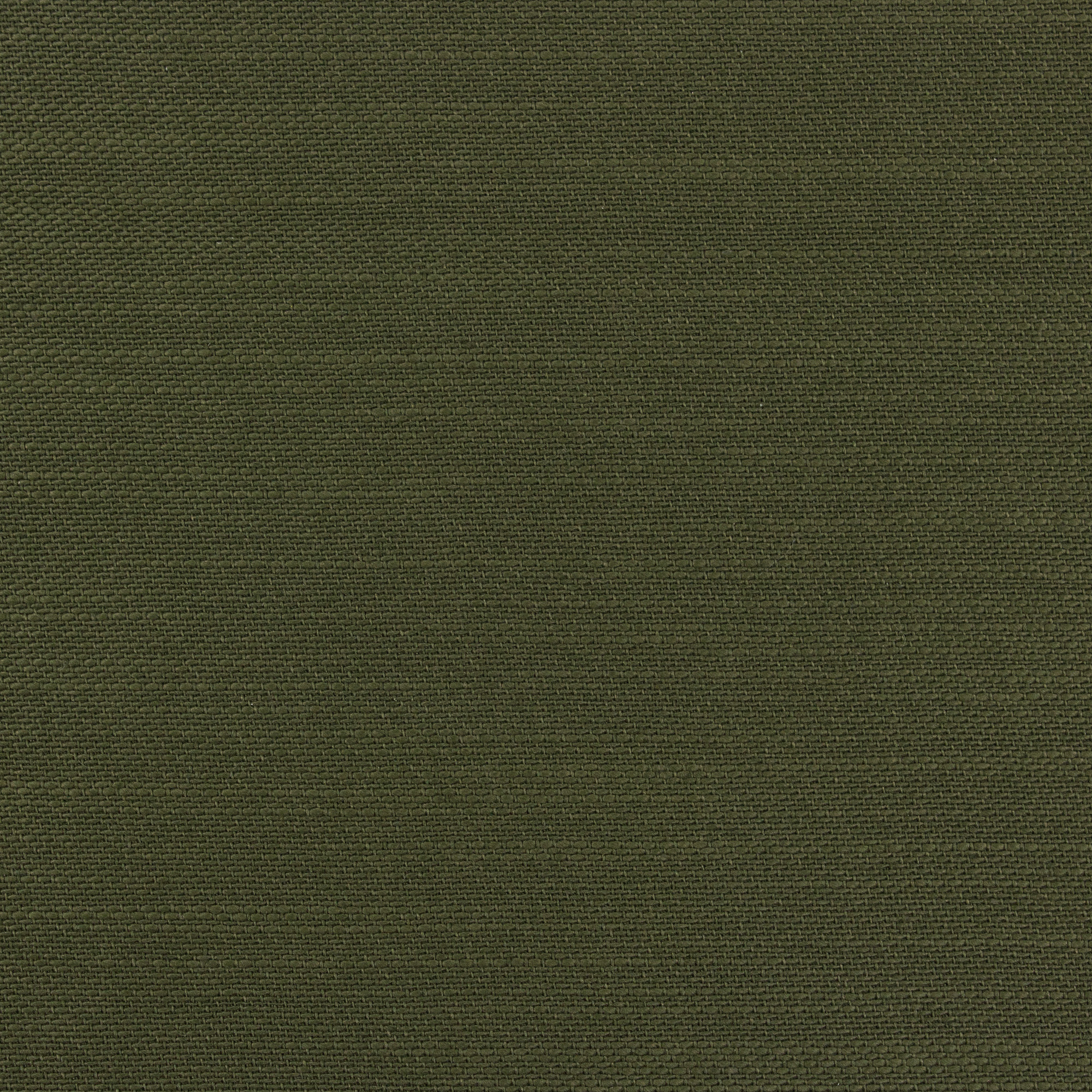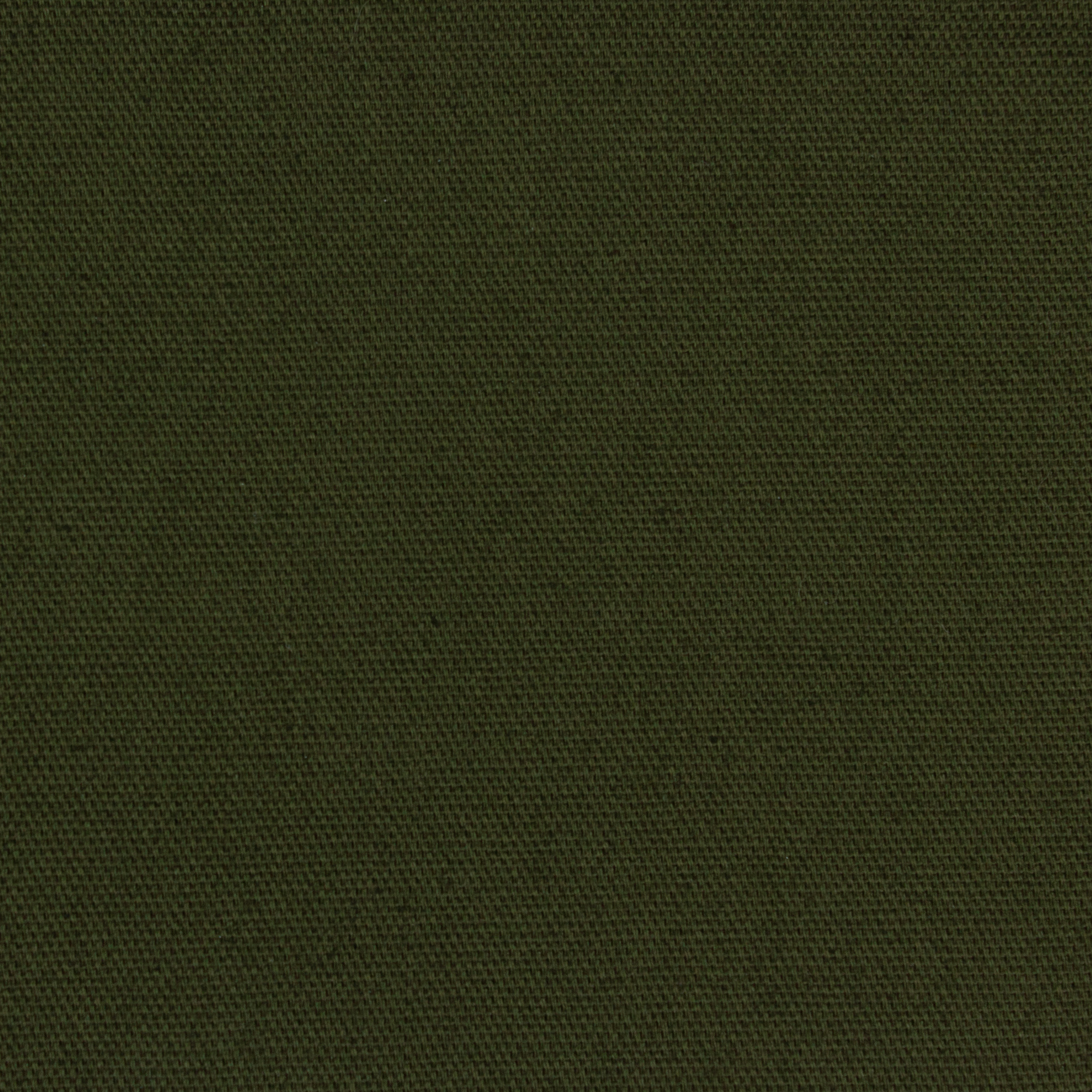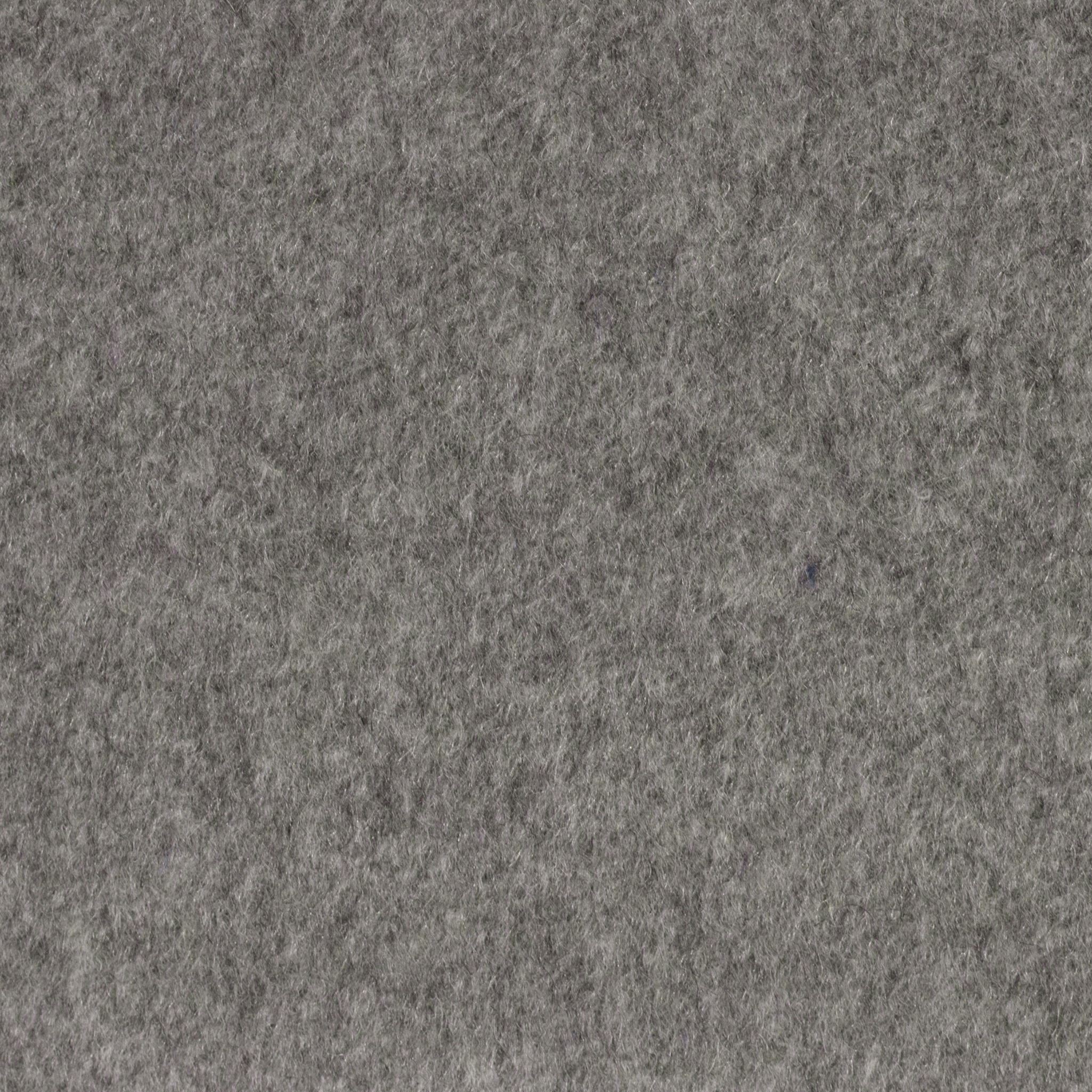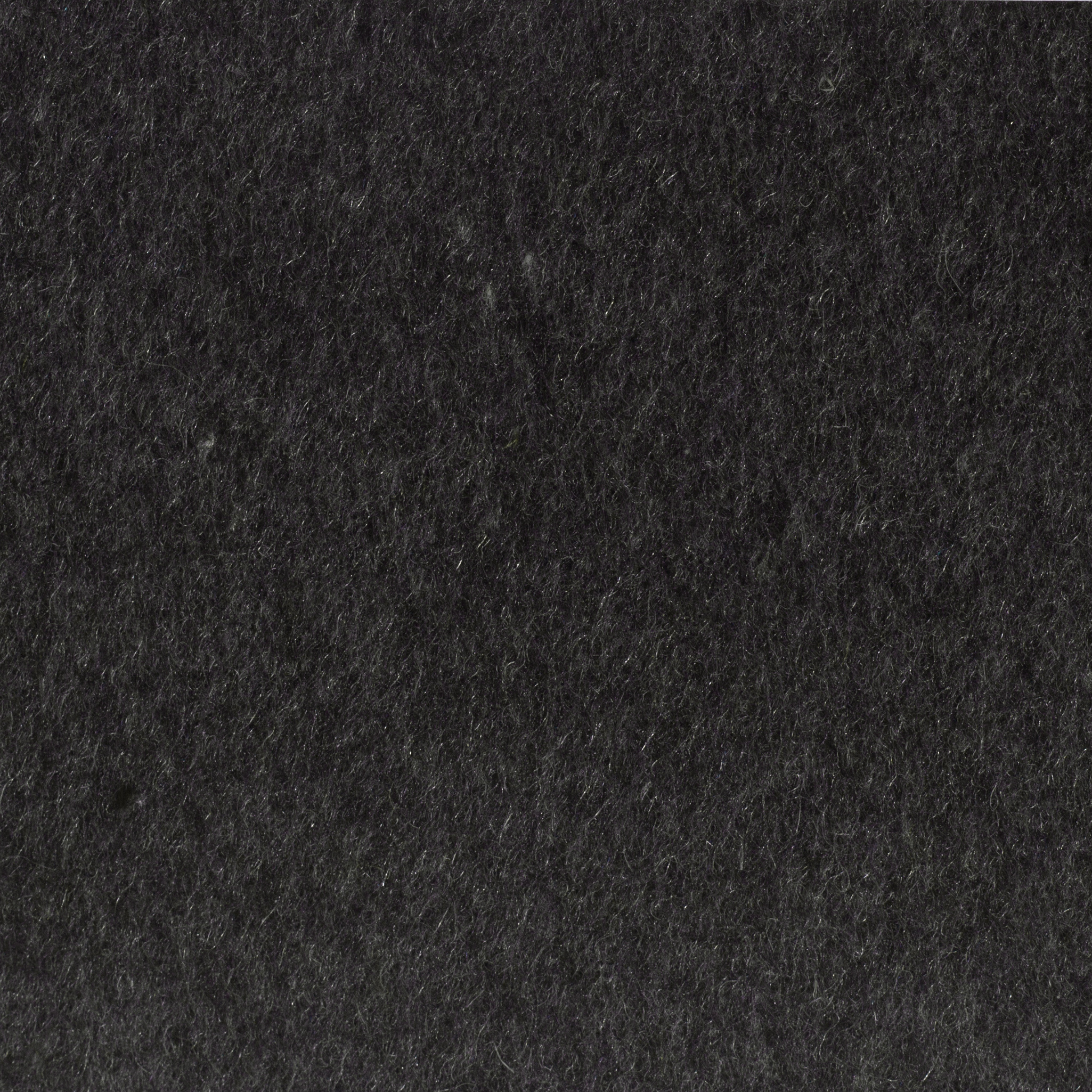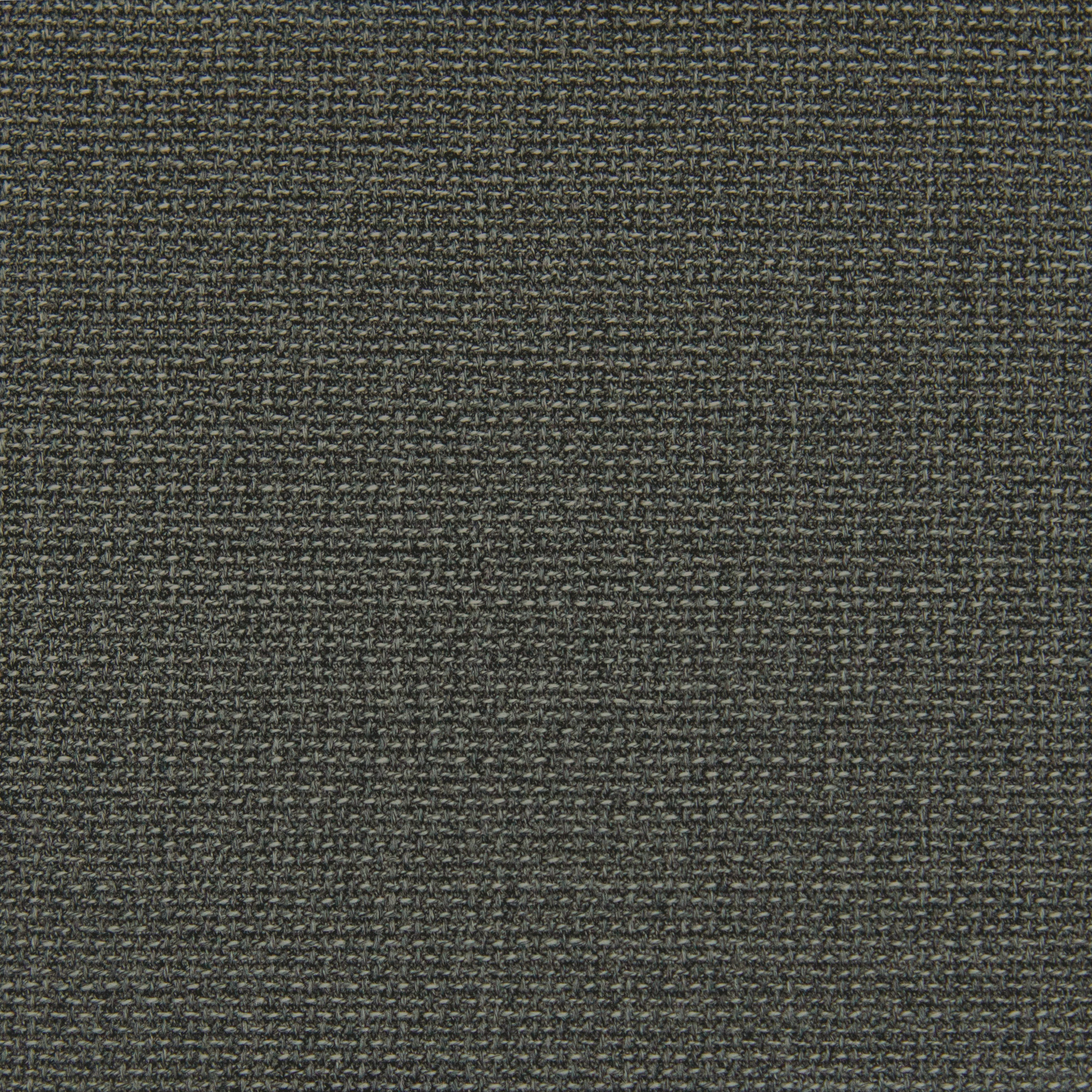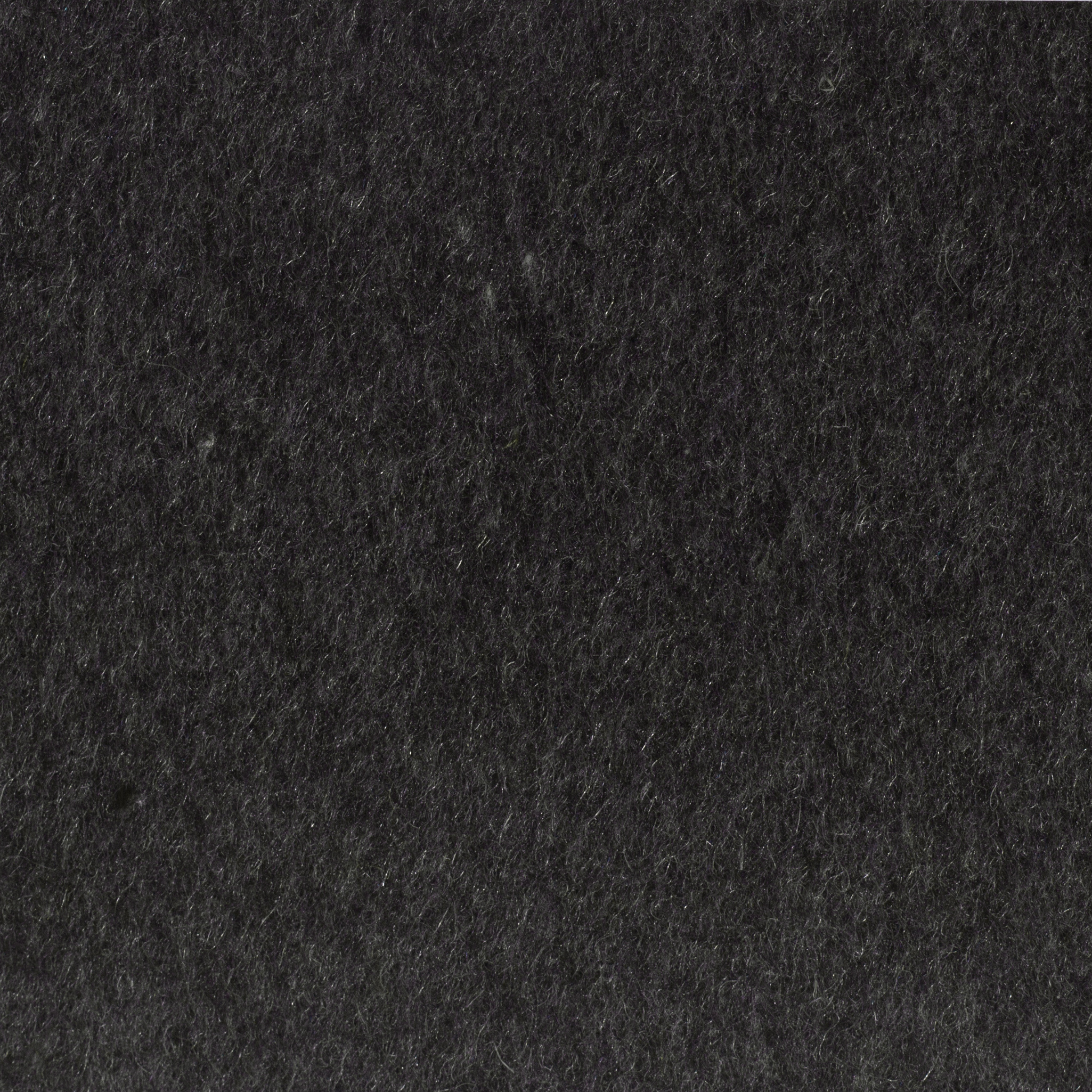Selecting fabric material for suits
Thought your bespoke suit had to be all-wool? Think again. You have a range of fabric material options, with your ultimate choice depending on the time of year, weight and how much care you want to lavish on your suit.
Selecting fabric the non-wool route and you have four main fabric options: linen, cotton, silk and mohairs.

Linen
Linen, coming from the plant Linum Usatissimum, is produced through the retting process of the stalks. It is the only textile fibre that grows in Europe, and it was the first to be cultivated and transformed by man. It has a series of outspoken benefits:
First, linen is “heat-regulated”: it absorbs body-heat and expels it to the outside, leaving a sensation of freshness and dryness.
Second, it is “antiallergenic”: it is non-irritant, does not harbor dust, detergents or limestone residue.
Third, linen is “resistant”: linen is the strongest natural textile fibre. It lasts a long time without deforming and becomes softer to touch the more you wash it.
At last, linen is “ecological”: it is a plant that requires less water than other crops and necessities just a minimal quantity of fertilizers.
Linen is a classic summer fabric. It looks great at a garden party or wedding – cocktail in hand – or in tropical climates where its light feel takes the edge off the heat. On the downside, linen can wrinkle easily and needs plenty of care. Darker shades can fade in direct sunlight. Selecting fabric made of linen in bright colors is a wise choice for those who choose to spend their hot days in the sun.

Cotton
Selecting fabric made of cotton suit will allow your skin to breathe, so it’s a good choice for the summer. As it’s a natural fiber, it feels pleasant next to the skin. However, like linen, cotton suits can wrinkle easily. That said, the crumpled look can be quite appealing.
Cotton suit fabrics can come in a variety of styles. Plains and corduroy are your most common. While the corduroy suit is reserved for stylized distinction, the jacket and blazer is much more common, especially in colder weather.
Mohair
For a wrinkle-free and cost-effective suit, try mohair. It’s a silk-like fabric or yarn that comes from the Angora goat. With its roots from Turkey, the Angora goat has been exported as far as Texas but now South Africa is where the finest quality animals can now be found. The mohair suit is a light cloth with an attractive sheen and lustre and a soft and silky texture. Mohair’s main characteristic, apart from its shine, is its resiliency, making it the most crease-proof natural fiber and therefore the most suitable for producing permanent-press clothing.
Finer fabrics are made of kid mohair, the fiber from the animal’s first clip, which is done in the first six months. These produce the finest and most beautiful batches, with smooth, shiny transparent white fibers. Kid mohair is only about 19% of South Africa’s annual production.
Silk
And silk? Silk is a pure fabric with soft fibres that breathe well. They keep you cool in summer and warm in winter. Silk are also available in various weights, so you can wear heavier fabrics in cool weather and lighter fabrics in hot weather.
Wool suit fabrics
Selecting fabric made of wool means the material is processed using worsted or woolen yarn. Worsted is spun tightly, for a strong and smooth feel; woolen yarn is weaker and bulkier.
Another option is tweed, a warm fabric that’s hardwearing and a good choice for the winter. Tweed has a coarse texture and often comes in checks.
A good choice for sports jackets is herringbone. The pattern of this fabric is a broken weave, shaped as its name implies like the bones of a herring. This fabric is less popular now and enjoyed its heyday back in the middle of the last century.
Flannel is a middleweight fabric that comes twill or plain weaved. Ideal for the winter, it can be produced by worsted or woolen yarn. Even though flannel is a soft fabric, it’s long-lasting and has a classic, timeless feel.
Virgin wool has never been previously spun or woven and is taken straight from the lamb’s fleece. With no recycled wool, it has a silky feel.
Merino wool comes from Merino sheep and is finer than worsted. It’s a short, thin fiber that many consider to be premium wool.
Lambs’ wool is taken from very young lambs, to give a very fine and soft feel. You can wear lambs’ wool all year round as it’s comfortable and allows your skin to breathe.

Now that you know a bit more about the materials of suiting fabrics, make sure you understand how to care for them. For a broader understanding of suit fabrics and all things to consider when choosing one for your bespoke suit, make sure to read our guide all about suit fabrics.












